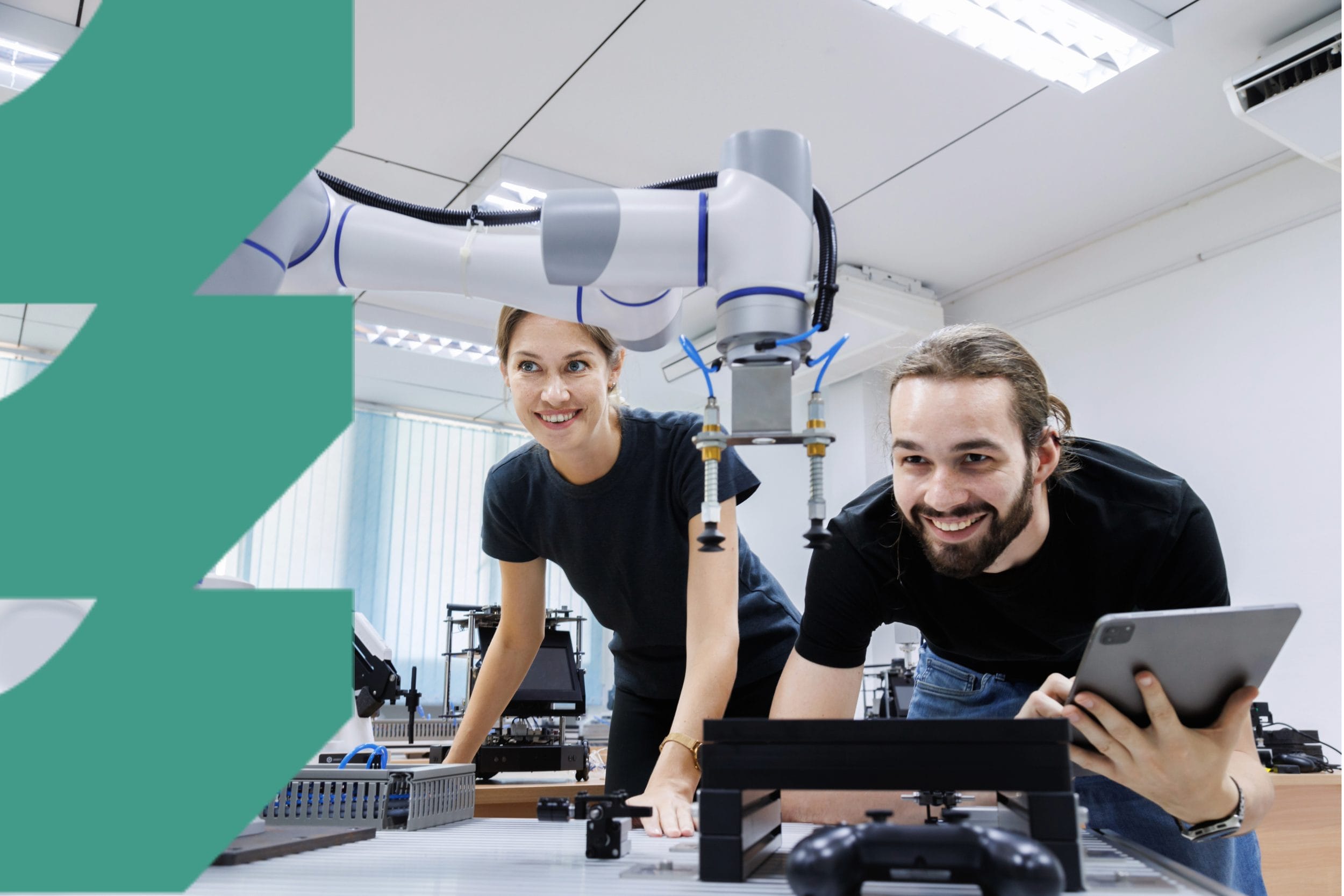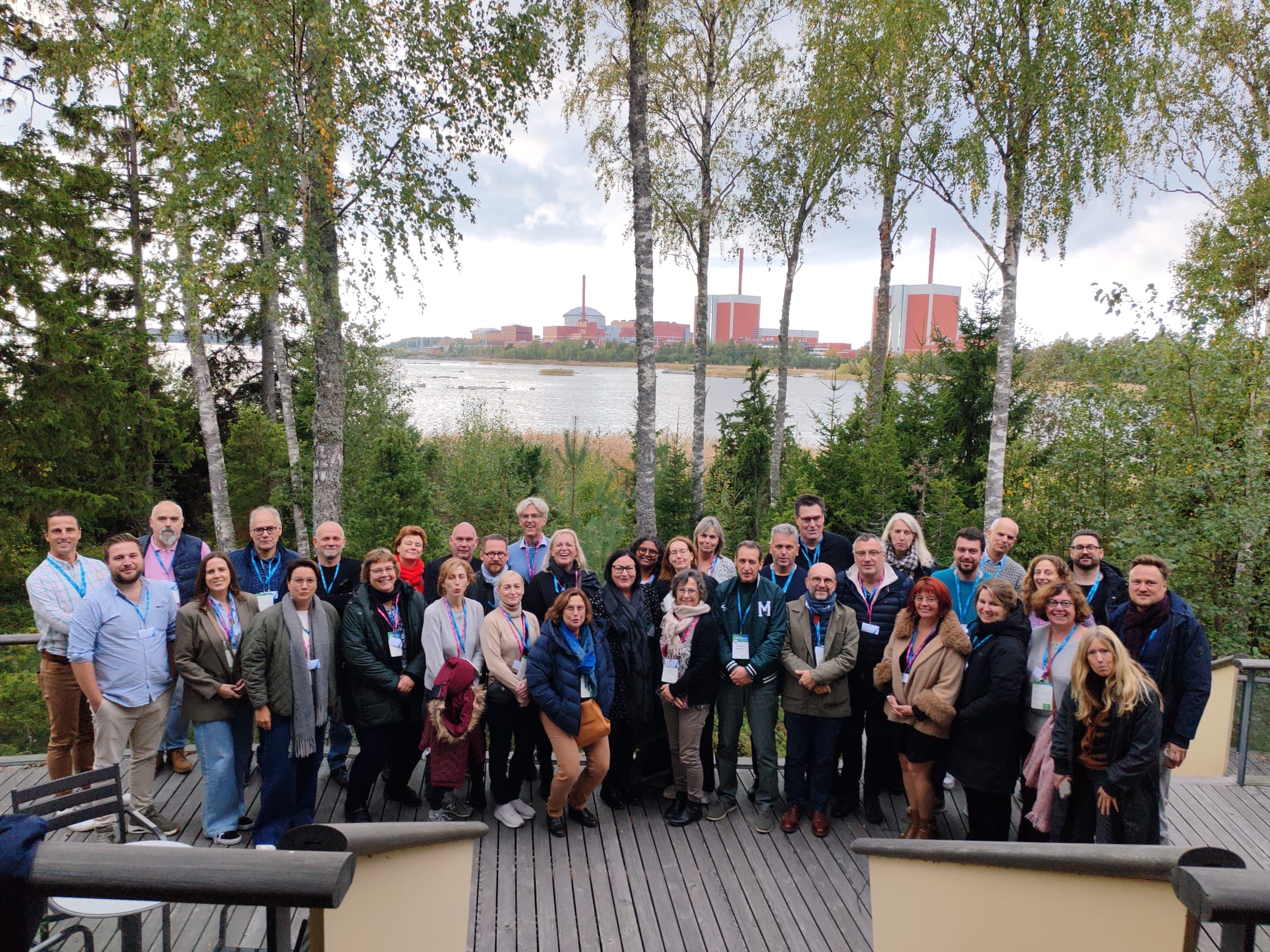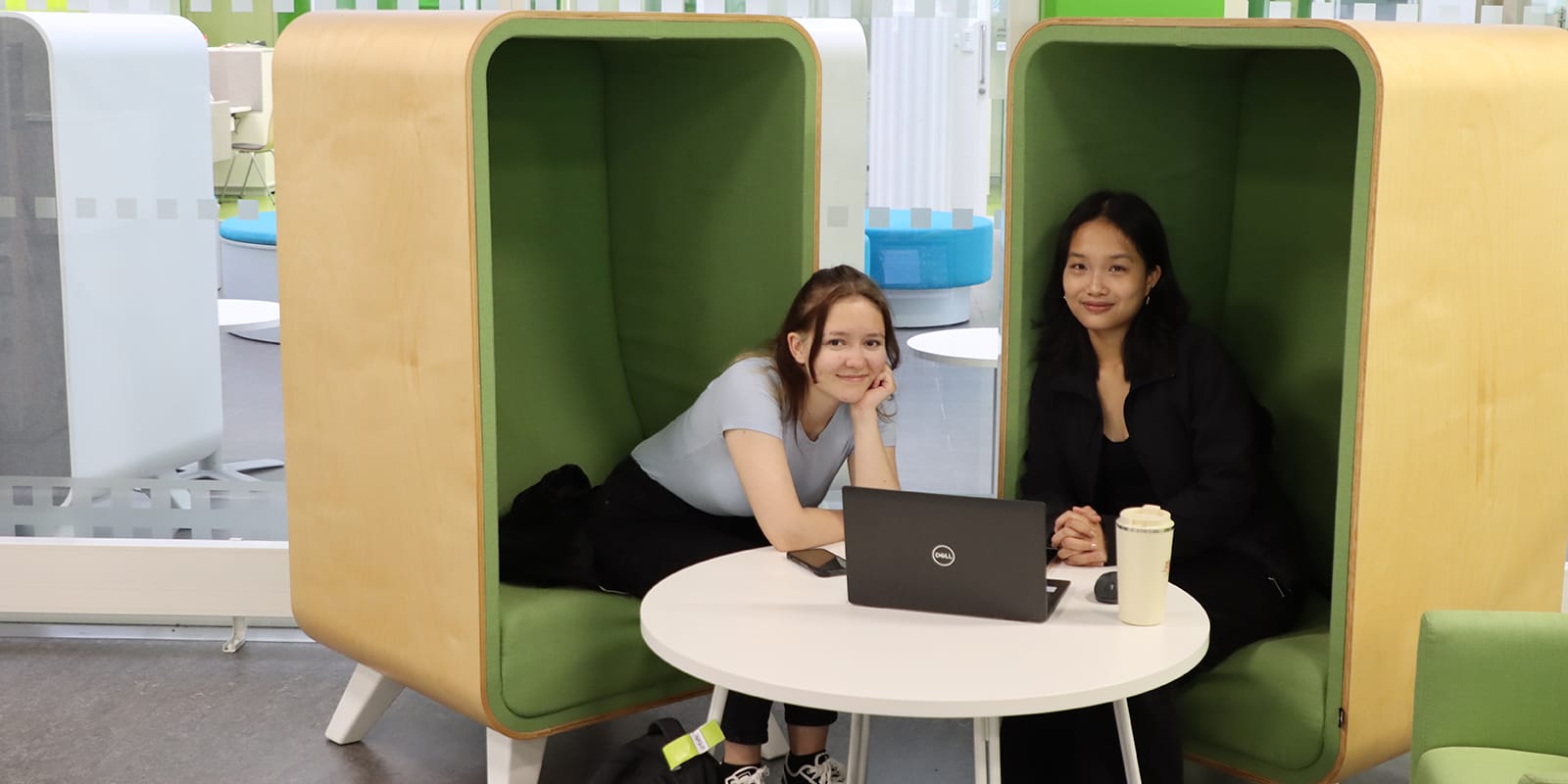Tai Chi offers relaxation and rehabilitation competence
Traditional Chinese internal martial art tai chi has been practiced at SAMK during this autumn. A small but eager group has gathered since the beginning of September under instructor Dan Wang. The entire 24-movement series is soon complete.
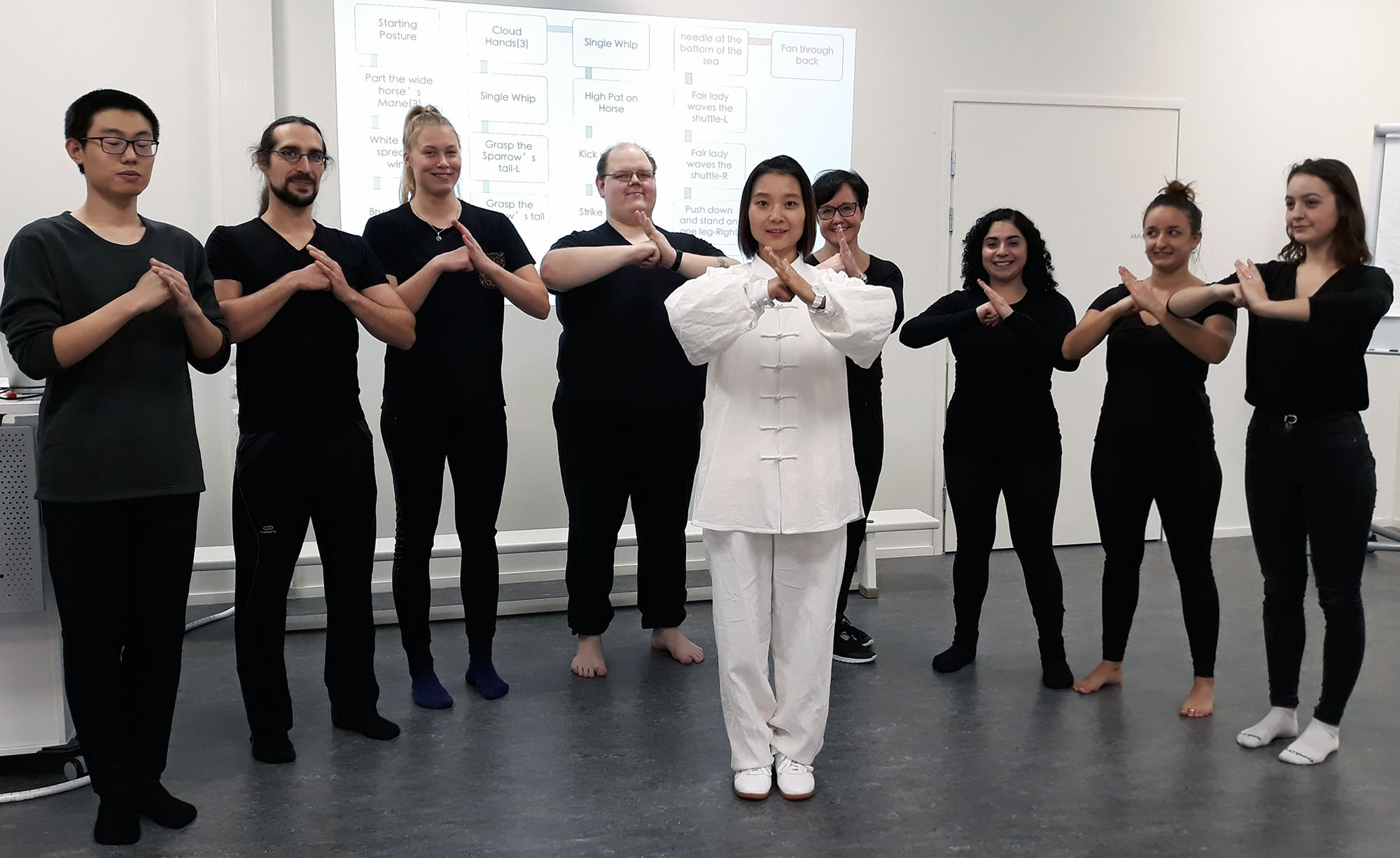
According to studies, regular tai chi practice has a relaxing impact, and it can promote for example cardiac health, relieve musculoskeletal pain and improve muscle conditioning and balance.
– Nowadays life is really fast and stressful – both muscular strength, and balance and relaxation of the mind can be practiced with tai chi, Dan Wang confirms. Dan Wang is a teacher of Physiotherapy at Beijing City University, who is now in teacher exchange at SAMK. Physiotherapy is a good basis for teaching the movements in a way that those doing tai chi know how to protect e.g. their knees from wrong positions.
The focus in tai chi is on postures, breathing and flowing movements. When one movements ends, the other begins, without any breaks. The background of movements is in martial arts but in the yang style tai chi practiced at SAMK the movements are done slowly.
Tai chi makes you forget the rest
Tai chi group at SAMK speaks in a single voice: when focusing on tai chi, you´ll forget all the rest. Physiotherapy students Jade Corneloup-Harczos, Fanny Poussou and Itzel Butrón believe that tai chi is very good mindfulness practice as well as physical exercise.
– This is really relaxing. Concentrating on things and being focused has always been difficult for me, and now it has become easier, Itzel Butrón tells us.
– I was scared that I would be more tired when I took tai chi in my program, but it´s the other way round, Jade Corneloup-Harczos states.
Mechanical engineering student Hannu Henttinen has lost several kilos and moving has become more relaxed.
Physiotherapy teacher Sirpa Jaakkola-Hesso has got wide-ranging help from tai chi.
– I sleep well after tai chi lessons. My body control and balance have improved, which shows when moving. Tai chi has also affected stress and pain management.
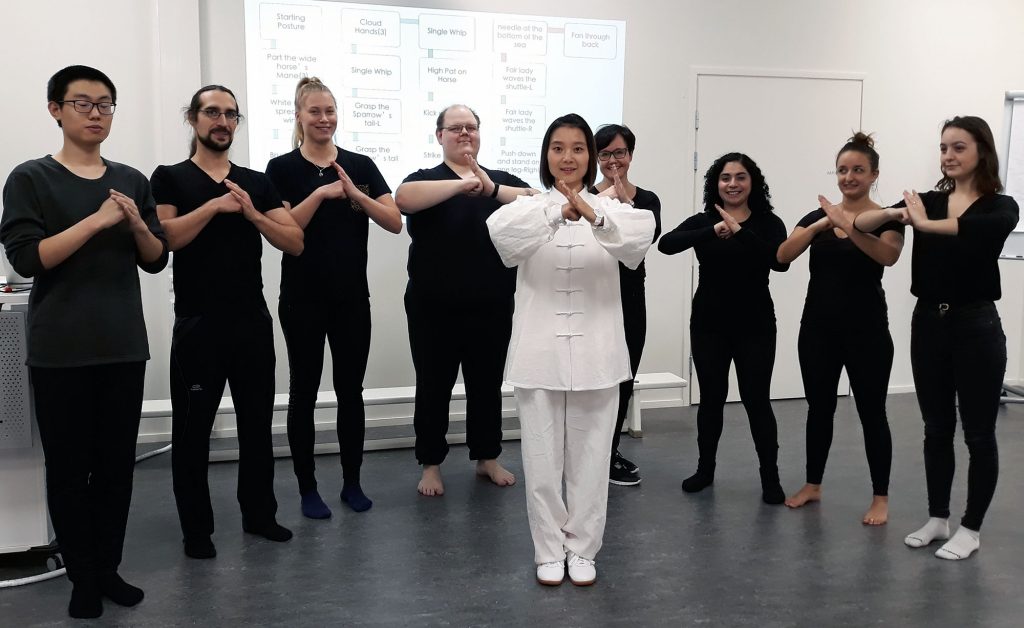 At the beginning of each exercise Liu Yonglin, Maxime Leterrier, Emmi Leino, Hannu Henttinen, Dan Wang, Sirpa Jaakkola-Hesso, Itzel Butrón, Fanny Poussou & Jade Corneloup-Harczos make a greeting that shows respect.
At the beginning of each exercise Liu Yonglin, Maxime Leterrier, Emmi Leino, Hannu Henttinen, Dan Wang, Sirpa Jaakkola-Hesso, Itzel Butrón, Fanny Poussou & Jade Corneloup-Harczos make a greeting that shows respect.
Comprehensive Tai Chi and Rehabilitation course is a part of Chinese Culture Center´s program at SAMK Pori Campus, and it has been available for all by Open University of Applied Sciences.
